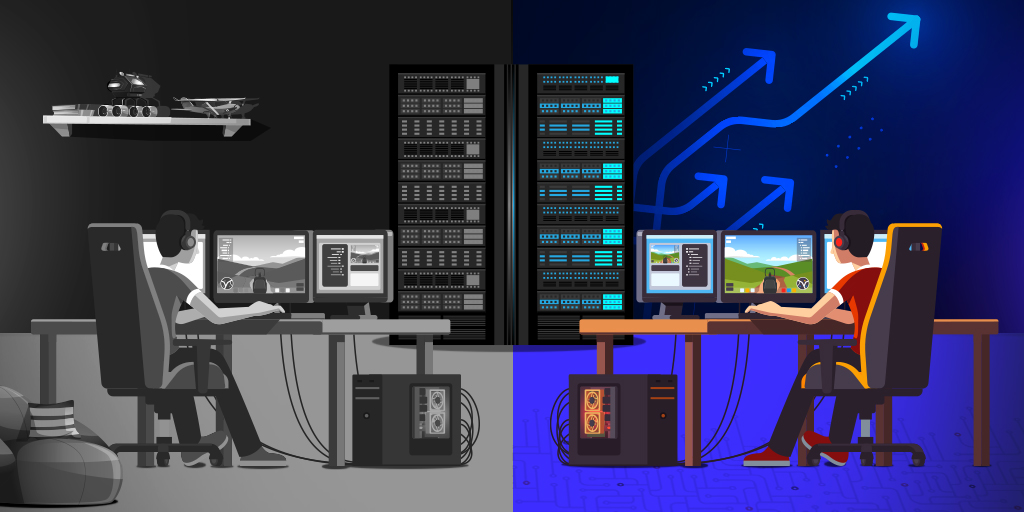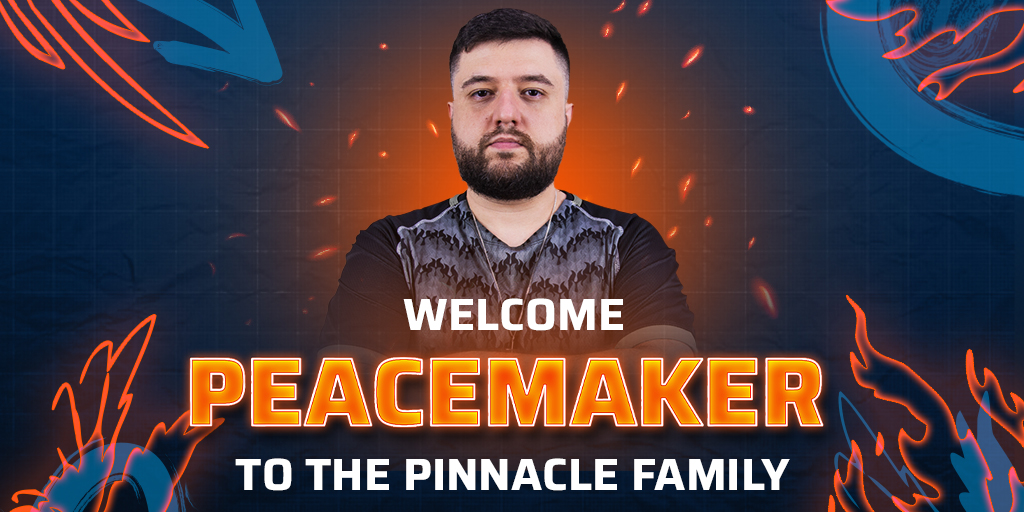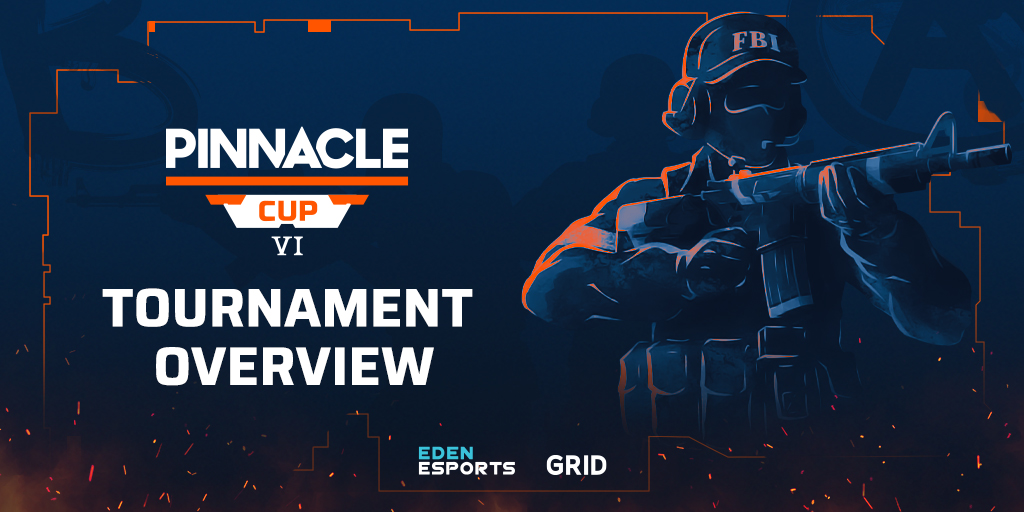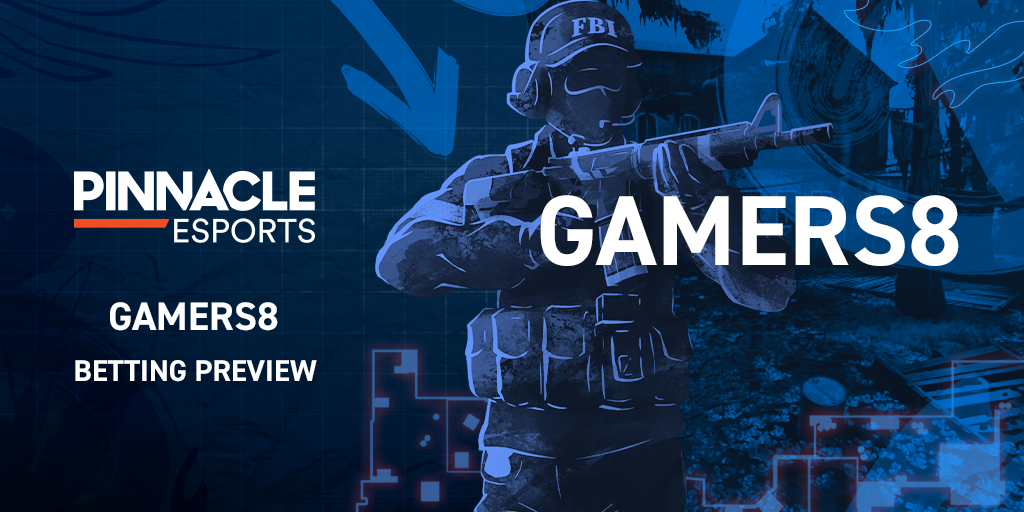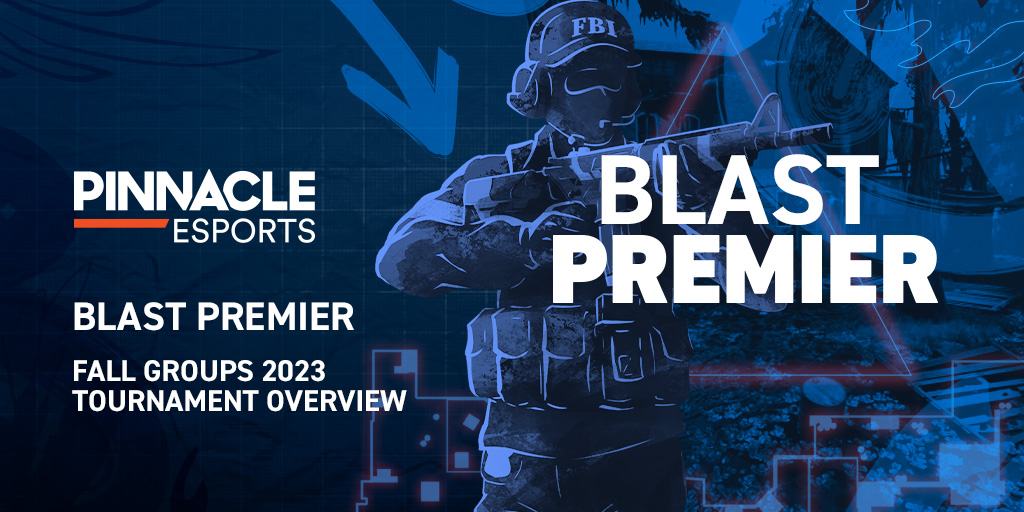A long-standing discussion found in many CS:GO circles is the difference server tick rate makes. While the main CS:GO matchmaking runs on 64 tick, many competitive games take place on servers running 128 tick. But what is the difference, and why does it matter?
What is tick rate?
For those of you not totally familiar with CS:GO, or even online gaming, you may be unaware of the concept of tick rate. In simple terms, a tick is when a server completes an instruction set. This can be collecting and calculating different events caused by players or physics objects and how they’ll cause other parts of the game to react, and then sending those calculations back to the players. Every time a server performs that set, it has undergone one tick.
Simply put, 128 tick servers offer double the processing time of 64 tick servers.
A server’s tick rate is measured in Hertz (Hz), however most mentions usually just use the number. This means that for each second, a server undergoes a certain amount of ticks. So on a 64 tick server, each second, the server goes through that entire instruction set 64 times. The more ticks per second on the server, the more instruction sets it can go through, providing more accurate physics, movement, and hit registration during games.
It’s not only servers that are rated through tick rates. The player’s own PC has a tick rate as well, referred to as a “client-side tick rate.” This is set by the user, and effectively does the opposite of what the server does by sending out the data, calculations, and inputs performed on the user’s PC.
Main differences between tick rates
For the purposes of this article, we’ll focus on the differences between the two main values used in CS:GO, 64 and 128 tick. On the official matchmaking servers hosted by Valve, the servers are exclusively operated on a 64 Hz tick rate. If you compete in tournaments or Pick-Up Game (PUGs) on services like ESEA or FACEIT, then you'll be playing on 128 tick servers. Simply put, 128 tick servers offer double the processing time. With twice the processing time, the accuracy of your weapons will be higher, meaning it’s more likely that every bullet will count.
The most noticeable difference between the two server tick rates is when throwing grenades. There are multiple examples of grenade line-ups that require jumping or running, which don’t work when you move up or down server tick rates. Due to the doubled amount of processing time, the server logs the release at a different time, meaning the trajectory will be different, so the grenade will land and activate at a different time, this can significantly impact how strategies play out in competitive CS:GO matches.
However, the vast majority of people would probably be unable to tell the difference between different server tick rates. In a study performed on the main CS:GO subreddit, it revealed that out of 760 unique participants (creating 1165 guesses), only 41.3% of people correctly guessed when they were on a 128 tick server. As with most things in CS:GO, going up to 128 tick appears to be more of a psychological effect rather than having any concrete effect for most players.
This can be seen in the decision making from other game developers. The only competitive FPS titles that account for servers up to 128 tick are CS:GO and VALORANT, with most other big name titles offering much lower tick rate servers. Call of Duty: Modern Warfare runs its main multiplayer servers at either 12 or 22 tick, and Overwatch currently runs at 60.25 tick.
Other performance variables
While it may sound fantastic to raise the tick rate on every server to as high as it can go, it isn’t that simple. A number of other factors and variables all tie into game performance beyond whatever the tick rate of the server you’re playing on is.
The most noticeable difference between the two server tick rates is when throwing grenades that require jumping or running.
A huge, and very noticeable variable of server performance is your latency to a server, more commonly referred to as ping. In LAN environments, where professional players tend to ply their trade the majority of the time, the latency to the server is as low as it possibly can be, thus allowing for the most accurate experience in gameplay.
Another more subtle variable is your monitor’s refresh rate. While the player’s PC and the server are communicating either 64 or 128 times per second, the player themselves may not be able to notice any difference. The most popular monitor refresh rates for competitive play are 60 Hz, 120 Hz, and 144 Hz, and similarly to the tick rate of servers, the higher the value, the more times per second your monitor refreshes.
While the server tick rate and monitor refresh rates aren’t directly connected, having a high refresh rate is still important to your gameplay. This is due to client-side animations being smoother, limiting screen tearing and other lag effects, meaning on your end you’ll have a more accurate game experience.
Will Counter-Strike 2 have 128 tick servers?
Valve are taking a different approach with Counter-Strike 2 in their aim to move beyond tick rate. The game will no longer use discrete time intervals (called ticks), but will instead adopt a system using 'sub-ticks'. This is a new architecture developed by Valve to make it so servers know exact timings. Your motion, bullets fired, and grenades thrown will feel more fluid than ever. So will CS2 have 128 tick servers? The answer is no, but it will feel just as good, if not better than 128 tick.
How will sub-ticks change the game?
Many players have learned to use smoke grenades on 128 tick servers, which means that when they use them on CS:GO matchmaking’s 64 tick servers, they don't always land as intended. CS2 won’t have this issue, no matter whether you play matchmaking or FACEIT. The change to sub-ticks will also make the game feel better. Moving and shooting should now feel more accurate than it ever has.

